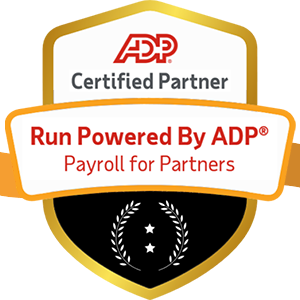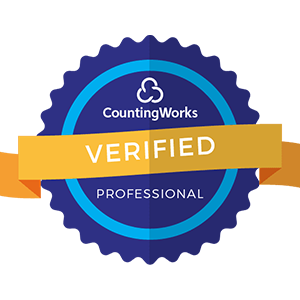
Only four in 10 U.S. employees report that they have the opportunity to do what they do best while at work. In other words, their strengths, are not being leveraged from nine to five. This is a leading cause of employee dissatisfaction and disengagement. Conversely, employees that get to do what they love at work, are highly engaged and outperform those less fortunate souls who are not using their strengths regularly at work.
Historically, employers conduct annual performance reviews of their employees. This process identifies and prioritizes areas of weakness and establishes a set of “goals” to “develop” those weaknesses. With the best of intentions, meaningful progress is often elusive.
Strength-based coaching strives to position employees in roles where they can utilize and develop their abilities and maximize their potential. Managers aren’t coaching employees how to perform a certain task, they understand each employee’s unique strength profile and communicate and coach that individual in a way that uniquely motivates them. The byproduct of strength-based coaching is highly engaged teams that outperform their peers.
This guide looks at the benefits of strength-based coaching and explains what to avoid when implementing this type of coaching into your organization.
Strengths-based coaching assesses the strengths of each employee and establishes a foundation of understanding between manager and employee defining the type of activities in which the employee excels and how to best direct and correct them based on their strength profile.. It allows your business to make the most of your employees by assigning individuals to tasks that cater to their strengths and freeing others from assignments, when possible, that don’t play to their strengths. While the approach to this type of coaching can vary, it typically involves these three elements.
Individuals may identify their strengths by taking strength assessments or getting feedback from team members and managers. Managers can help employees discover their strengths through questions having them reflect on their previous successes.
Employees are more engaged and productive when they feel they are being heard. Short, regular weekly check-ins that allow employees to share how they are feeling and where they need immediate help have proven more beneficial at increasing engagement and team unity than traditional annual reviews.
People are different and based on their strength profile, respond differently to suggestions and commands. Managers who know their employee’s strengths understand how to best communicate and coach each individual on their team. Carrot for one, stick for another. Knowing how best to communicate, motivate and coach each employee leads to higher team performance and minimizes internal friction and drama.
Strengths-based coaching helps employees exploit their strengths, enjoy their work, and outperform those who are not doing what they love while on the clock. This powerful approach to employee development can propel your employees and your organization to greater levels of success.
%20(1).jpg?width=1000&name=Untitled%20design%20(12)%20(1).jpg)
Strengths-based coaching takes your employees’ natural talents and strengths and nurtures them so they can develop exponentially. This type of training sets your employees up for success. They don’t have to force themselves to fit into a mold. They learn how to become the best version of themselves in a way that fosters the success and growth of your whole organization. The benefits of this approach include:
Employees who leverage their strengths are conscientious, devoted to their work and avoid burnout. They perform at peak level and inspire those around them -- they elevate their entire team.
Strengths-based coaching can help employees achieve their potential. Employees who are unsure of what career path to take, often find meaning and direction after taking a strengths assessment and have validation of their strengths.
This type of coaching fuels team performance. When teams are staffed with individuals who love their unique role because they are doing what comes naturally to them, they will outperform teams that are not.
Only 20% of U.S. employees say that they use their strengths at work. This means that the vast majority of employees have skill sets that are being squandered. Their employers are not making the most of their resources. Finding, discovering, and utilizing your employees’ strengths optimizes and exploits your organization's human capital.
Workers who work to their strengths tend to be more engaged. They get to do activities that they enjoy and are good at, and they often want to do more. Increased engagement enhances productivity.
Training and practice are more effective when they are used to amplify employees’ natural talents. Training someone who has a natural ability in a specific area will always have better results than training someone who doesn’t have a natural ability in that area. Strengths-based training embraces this concept in a way that supports the success of your business.
This form of training has the potential to improve your entire organization. There are a few things to be aware of when implementing a strengths-based training program, such as:
Strengths and weaknesses need to be addressed in strengths-based coaching. The concept is to develop your employee's strengths, but that does not mean they get a pass on doing that which they don’t enjoy.
Strengths-based coaching helps you make the most of your business’s greatest asset, your employees. We can also help you make the most of this asset. We offer ADP payroll services support and human capital management (HCM) implementation and optimization.
Contact Ignite HCM for help managing and training your team.


